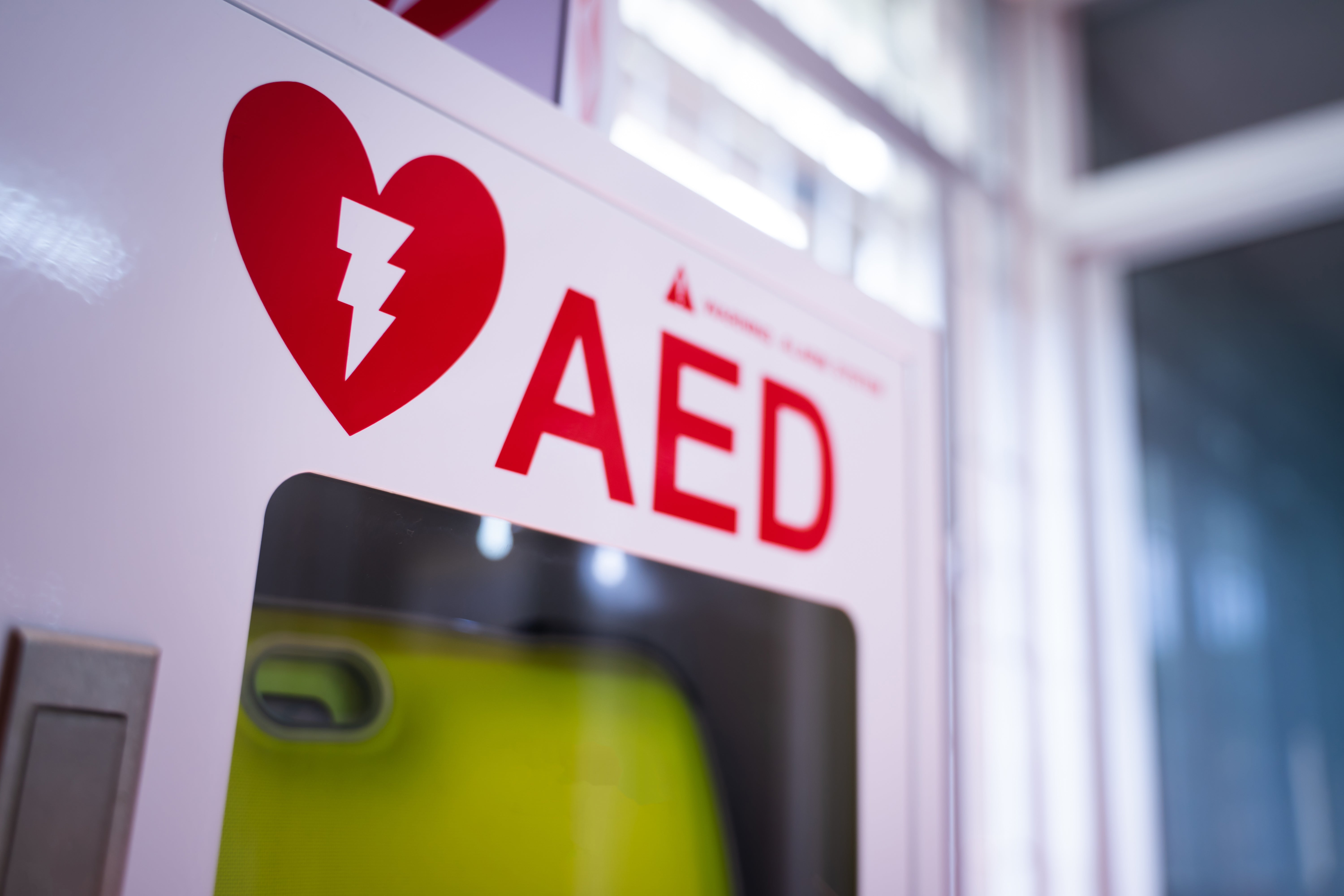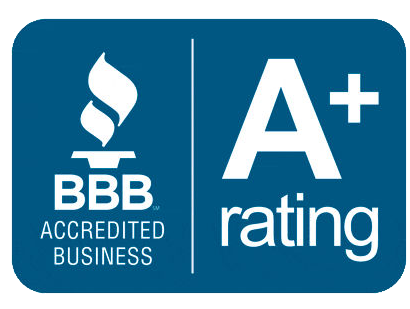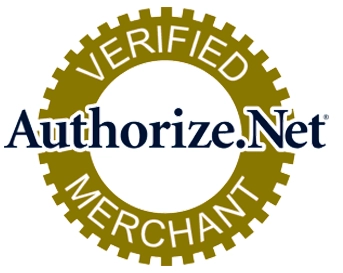Understanding the Opioid Crisis: What Decision-Makers Need to Know
The Scope of the Opioid Crisis

How the Crisis Impacts Different Sectors
Fentanyl: A Growing and Hidden Threat
Best Practices for Preparedness

The Role of Collaboration
Moving Forward: Building a Culture of Safety













